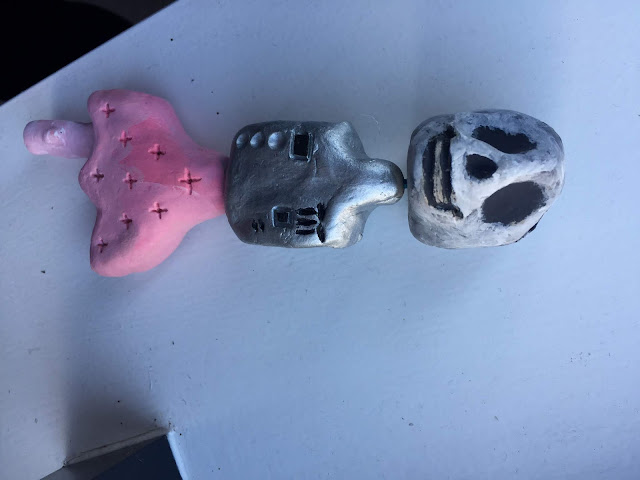Louise Willet
- 1.1 Select traditional materials, tools and equipment to explore a technique or idea
- 1.2 Select non-traditional materials, tools and equipment to explore a technique or idea
- 1.3 Record initial ideas on the potential use of traditional and non-traditional materials, tools and equipment
- 2.1 Prepare basic materials to experiment with techniques and ideas
- 2.2 Use traditional and non-traditional techniques to make experimental pieces
- 2.3 Describe the qualities of the materials, tools and techniques used to make the experimental pieces
- 3.1 Describe visual qualities of the experimental pieces produced
- 3.2 Experiment with methods used to further develop experimental pieces
- 3.3 Discuss the visual qualities of the experimental pieces
- 3.4 List any applicable health and safety factors and regulations
- 1.1, 2.1, 2.2
-
Refer to sketchbook and blog for evidence of tasks with traditional and non-traditional experiments
See landscape task for assessment objective 3 evidence with evaluation and annotations in sketchbook
-
Refer to sketchbook and blog for evidence of tasks with traditional and non-traditional experiments
Artists workshop
Pencil drawing workshop - Louise experimenting with techniques
- 1.1 Identify and use formal elements of design
- 1.2 Develop ideas from primary and secondary sources
- 1.3 Develop ideas using appropriate visual language
- 1.4 Present ideas for chosen mixed media work
- 1.5 Discuss ideas and opinions to gain feedback from others
1.2, 1.3,- 2.1 Plan work using mixed media techniques
- 2.2 Produce work to a mixed media design brief
- 2.3 Present final work for a mixed media design brief
2.4 Identify risks and hazards in the work area
3.1 Make suggestions to develop or improve work - 3.2 Contribute to formal discussions of ideas and opinions
See sketchbook evidence of both tasks - research, planning, developing ideas, feedback, etc. Also see below for additional evidence

UNIT 3
1 Be able to develop ideas for 2-dimensional (2D) design brief The learner can:
1.1 Identify and use formal elements of design
1.2 Develop ideas from primary and secondary sources
1.3 Develop ideas using appropriate visual language
1.4 Present ideas for chosen 2D work
1.5 Discuss ideas and opinions to gain feedback from others
Learning outcome 2
The learner will:
2 Be able to produce work for a 2D design brief The learner can:
2.1 Plan work using 2D techniques
2.2 Produce work to a 2D design brief
2.3 Present final work for a 2D design brief
2.4 Identify risks and hazards in the work area
Learning outcome 3
The learner will:
3 Be able to review and reflect on own work The learner can:
3.1 Make suggestions which would develop or improve work
3.2 Contribute to formal discussions of ideas and opinions
TOPIC CHOSEN: Dreams and nightmares
feedback from Jude
feedback from Rachel Griffin
FINAL WORK:
THE GOLDEN CITY: TURN THIS SKETCHBOOK PIECE INTO A LARGE DRAWING









Comments
Post a Comment